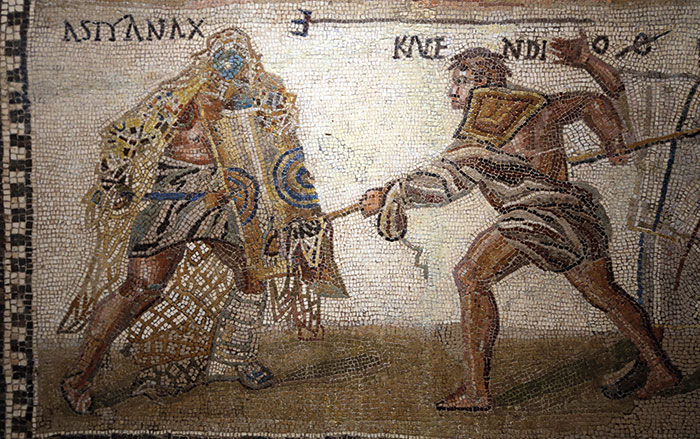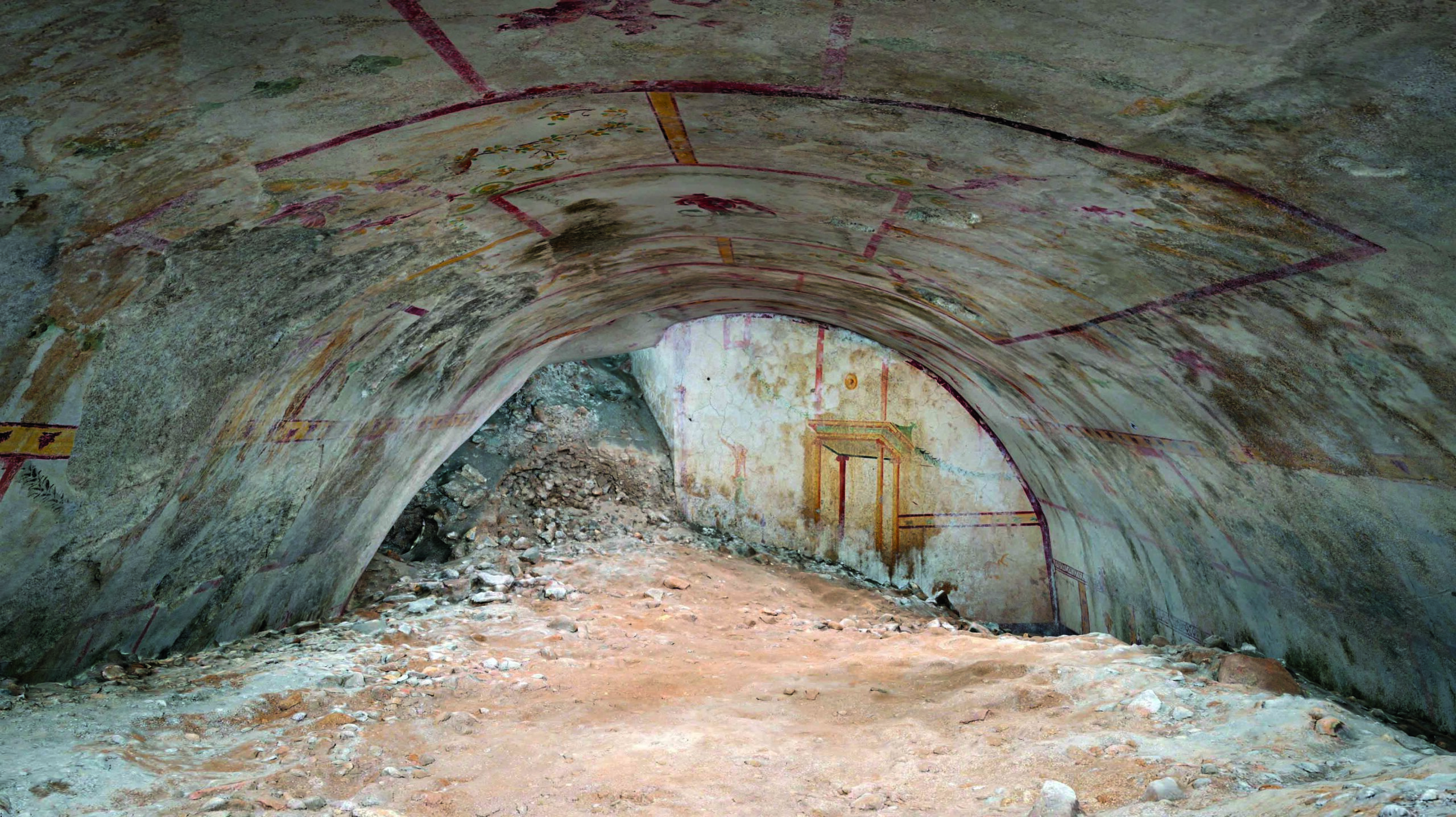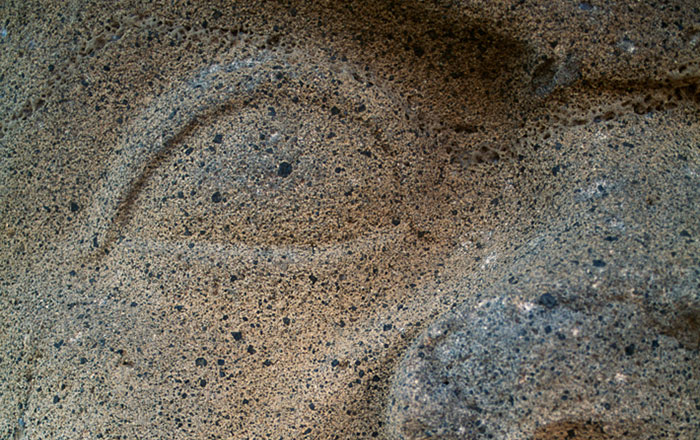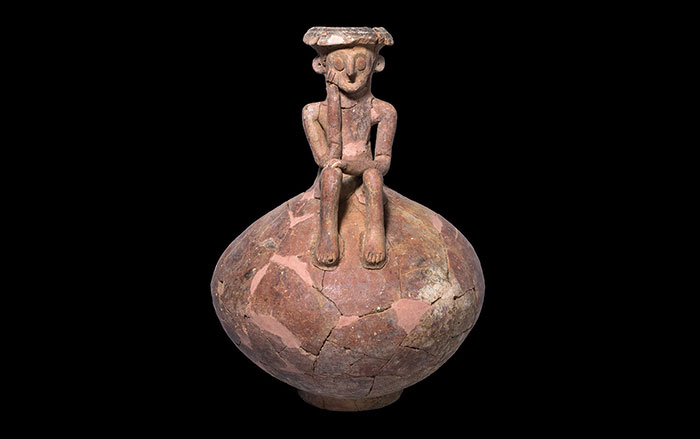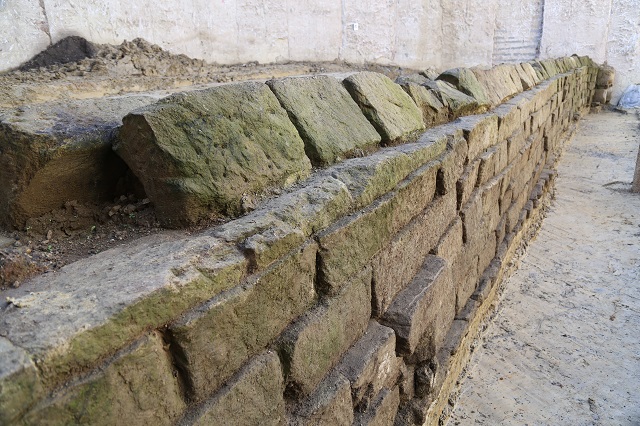
ROME, ITALY—The Local, Italy, reports that a 100-foot-long section of 2,300-year-old aqueduct was discovered in Rome’s historic city center during the excavation of a ventilation shaft for the new C metro line. Archaeologist Simona Morretta said that its large stone blocks, found more than 55 feet underground—a depth that archaeologists are not normally able to access safely—may have been part of the Aqua Appia, which dates to 312 B.C and is Rome's oldest known aqueduct. By the first century B.C., however, the structure may have been used as a sewer. Excavators also recovered the remains of a wide range of animals, including wild boars, swans, pheasants, and saltwater fish. Archaeologists are dismantling the structure, but it will be rebuilt at another location. To read more on Rome's aqueducts, go to “How Much Water Reached Rome?”



